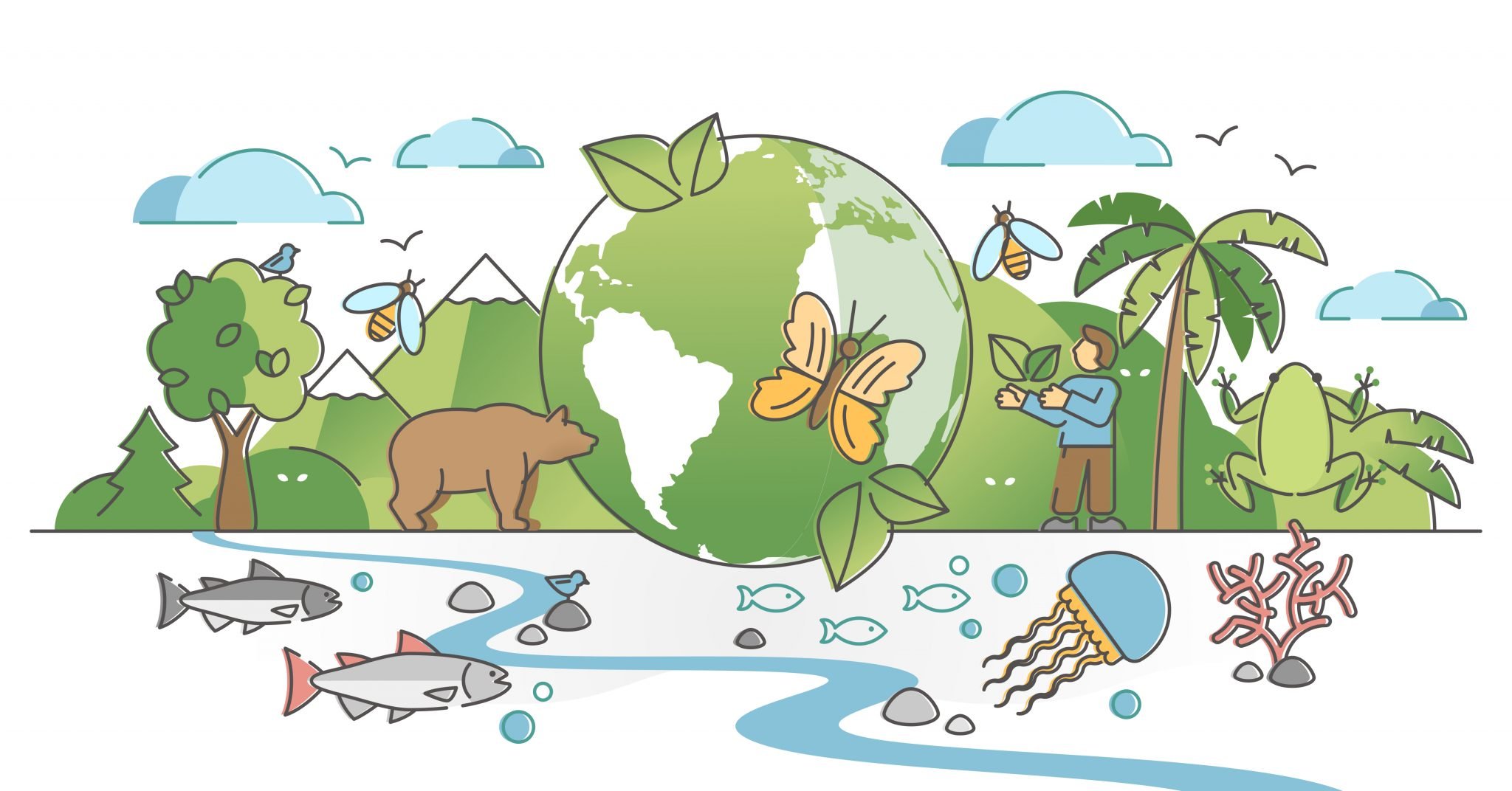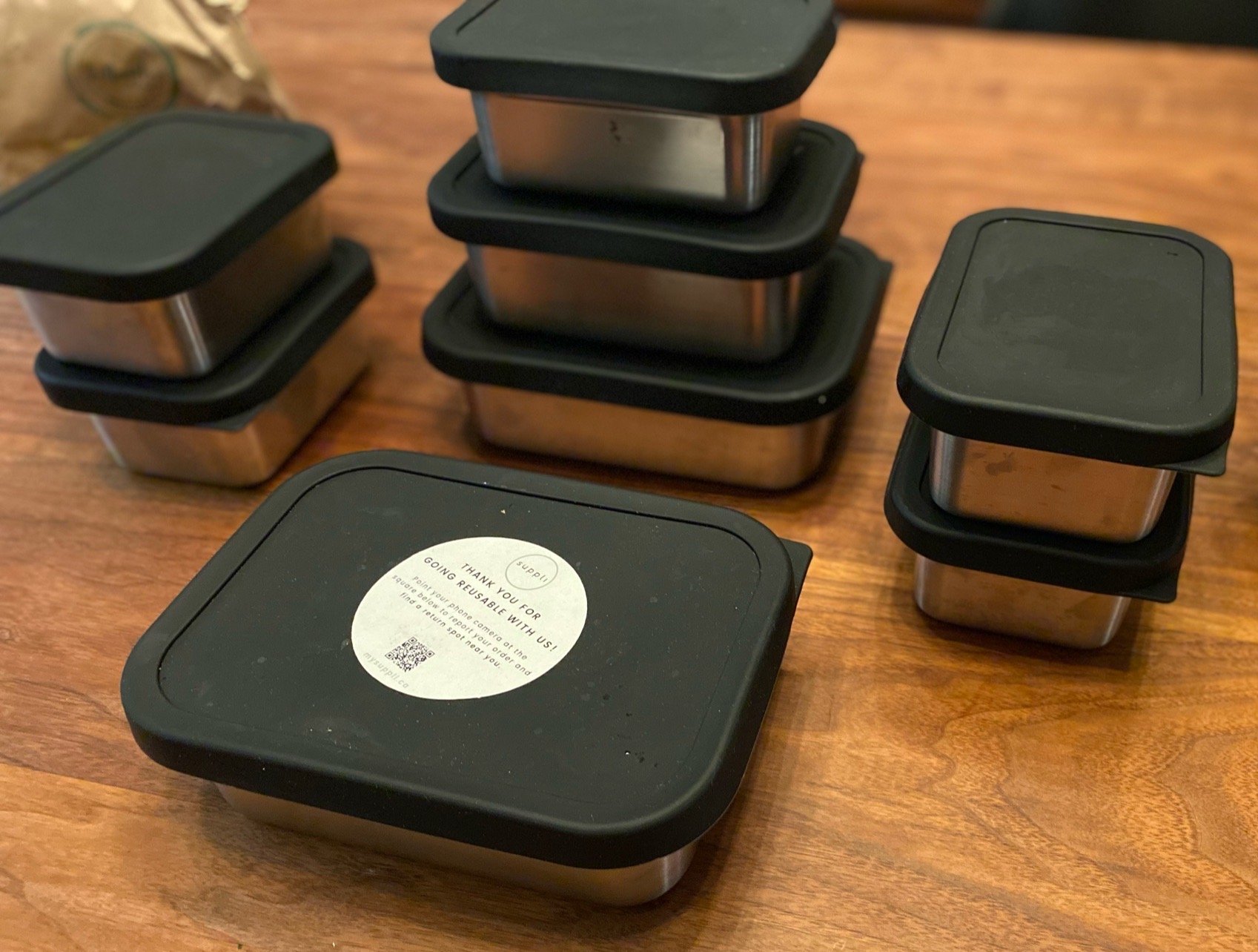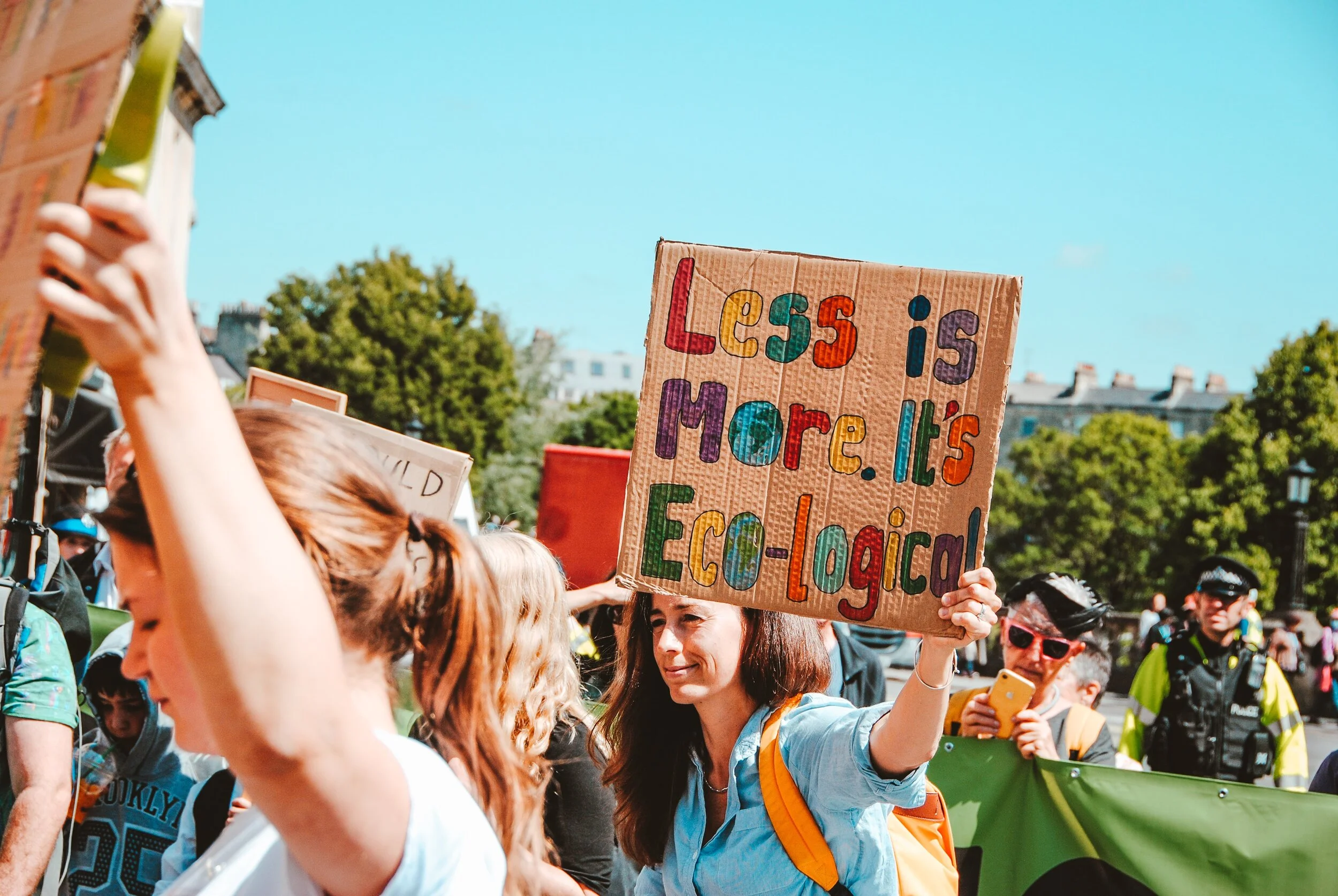A guide to garbage disposal, recycling, and organic waste in Toronto
The act of putting something in the recycling bin and hoping it will be recycled - there is actually a term for this and it’s called “wishcycling”. We’ve all been there and it can happen for a number of reasons, including that you simply aren’t sure where the item is supposed to go. Putting waste in its place has become a challenge for many to navigate, particularly in recent years as new packaging alternatives that tout “biodegradable” and “compostable'' labels can complicate things and what goes where varies depending on the municipality you are in. In this blog post, we are hoping to bring some clarity to your at-home waste management process, including an overview of waste disposal, tips and tricks to make things easier, as well as the case for reducing waste altogether. The focus is on our current market, Toronto, but some of the below concepts are applicable irrespective of where you live, so keep reading!
#EXPLAINED: Microplastics
Microplastics have been documented for quite a while, but they are an ongoing topic you’ve probably heard discussed within the mainstream environmental movement of today. While many have an idea of what they are, their sources and the risks they pose aren’t always as well understood. In addition, new research is constantly being conducted. These tiny plastics, which have been found everywhere from Antarctic ice to the depths of the oceans, are the topic of this blog post.
Proposed Highway 413 and why it is being debated
If you live in the Greater Golden Horseshoe, you’ve probably heard about the proposed construction of a new highway, Highway 413 or the “GTA West Corridor” for a long time. In fact, it was first considered all the way back in 2005 by the then-Liberal provincial government. The highway has been debated back and forth ever since, with people falling very passionately on either side of the argument. This blog explores exactly what is being proposed for Highway 413 and the key points of those who are for and those who are against its construction.
Your clothes and the planet: The steep costs of fashion
By now, you may be familiar with the fact that the fashion industry is one of the most damaging industries to the planet. In fact, according to a number of leading sources, it is the fourth most pollutive industry behind energy, transportation, and agriculture! Of particular concern is “fast fashion”, or clothing that is designed, produced, and marketed at rapidly high volumes, often making it lower quality as well as more trendy in nature and therefore destined to hit the end of its life faster than a timeless, high quality piece. Today, we’re going to talk a little bit about the problem with our current system, its environmental consequences, and the alternatives available to us so we can feel good in and good about the clothing choices we make!
#EXPLAINED: the biodiversity loss crisis
We hear a lot through mainstream media and social media about the climate change crisis, but there is a second, less covered crisis our planet is facing and that is the crisis of biodiversity loss. This is the focus of this #EXPLAINED blog post!
3 countries with unique approaches to saving nature and the planet
If you keep up with the news on climate change and the biodiversity crisis, it’s easy to feel disheartened, hopeless, or downright mad. Amidst the bad news, however, there are also signs of progress - people, companies, and entire countries coming together to preserve nature and reduce our impact on the environment. Today, we’re featuring three countries that have implemented some unique approaches to saving the planet.
All about TransformTO, Toronto’s climate action strategy
Urban areas have a massive role to play in combating the climate crisis. This is because they are home to approximately 82% of the Canadian population - or 30+ million people - all relying on their cities’ infrastructure, public transit, waste systems, and more. Today we’re discussing one such city, Toronto’s, climate action strategy.
Single-use vs. reusable containers in the takeout industry: which is better?
How do single-use containers made from bioplastic (labelled as “compostable) stack up against reusable containers in the takeout industry? In this blog post, we investigate just that as well as provide some background information on what a life cycle analysis and breakeven point are.
#EXPLAINED: greenwashing
We dive into the details about the term “greenwashing”, which can be an easy enough concept to understand at a high level but a difficult one to put into practice! We’ll chat about it’s meaning, some key terms, typical indications that greenwashing may be occurring, and how to avoid it!
The massive issue with food waste, and what you can do about it
Food waste is a huge problem for a lot of different reasons, even when properly disposed of. Canada alone wastes about 2.2 million tons, or $17 billion worth, of food each year! We’ll talk about why that’s the case and what can be done to combat this major issue.
Everything you need to know about landfills, including Ontario’s shortage of them
Landfills are something that most of us feel very detached from. We should, however, know way more about them, namely because we have a finite amount of space to use for them and this is a problem. Learn more about what makes up a landfill, Ontario’s shortage of them, and why this is a problem.
The top 5 kid-friendly meals on Suppli
Kids can be a bit fussy when it comes to food. Here are 5 of our favourite kid-friendly meals on Suppli that are sure to please even the pickiest of eaters!
Our 5 most admired circular innovations
We’re sharing some of our most admired circular businesses and products. From reusable rockets to sustainable travel to rented wardrobes, read here to see how some companies are tackling our take-make-dispose problem with truly innovative solutions!
#EXPLAINED: the circular economy
The circular economy is a model of production and consumption that utilizes anything from sharing, to leasing, reusing, and repairing existing materials for as long as possible to extend their lives. There are many different ideologies and components within the circular economy, but all are built on the following three principles.
Let’s talk politics: how Canada’s political parties stack up on climate change
Voting in an election in the best of times can feel like an insurmountable feat of untangling fact from fiction, never mind during a global pandemic. As is the case for most people, a few issues that rank highly on their list of priorities tend to guide which box they check on the ballot and for our team at Suppli, there is no greater issue than climate change. For that reason, we’ve done a deep dive into each of the Canadian political parties’ stances on climate change and their proposed solutions to the problem.
Our favourite household swaps
Reducing waste at home doesn’t need to be an all-or-nothing endeavor. As we’ve blogged about previously, it’s a much more manageable feat to introduce smaller changes over time and on an as-needed basis. You’ll be shocked at how quickly these changes accumulate to create an increasingly low waste household!
Toronto companies making reuse and reduce easy… and trendy!
Reducing your consumption and reusing materials have the largest impact on limiting waste, and there are a number of local establishments that have taken this philosophy and created some extremely cool businesses out of it!
Only 9% of our waste gets recycled…here’s why
Only 9% of our waste has been recycled, with the remainder accumulating as waste and more often than not ending up on our streets and in our oceans.


















